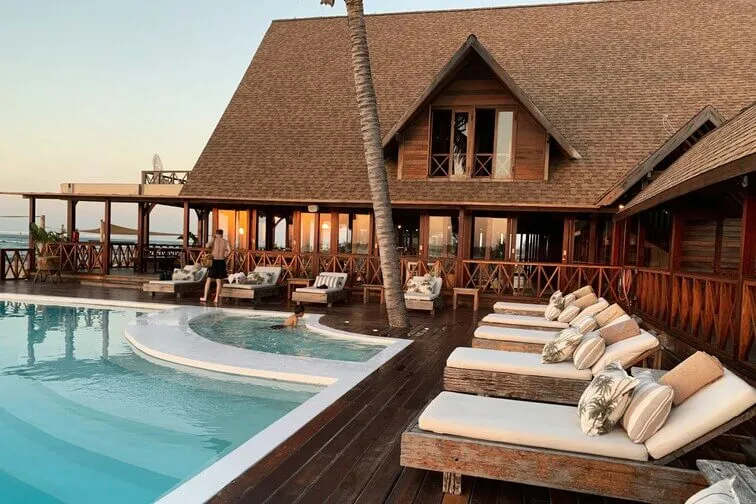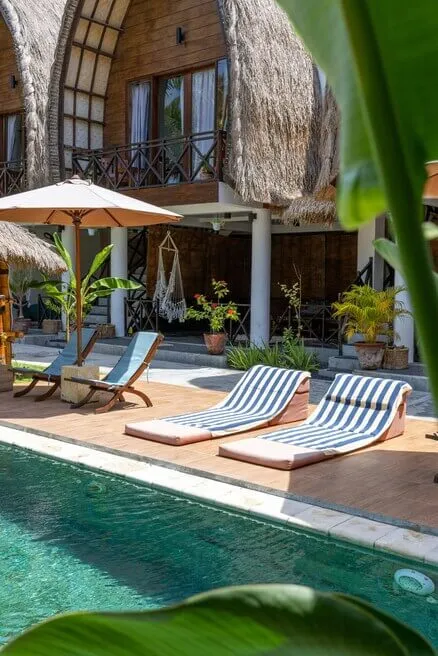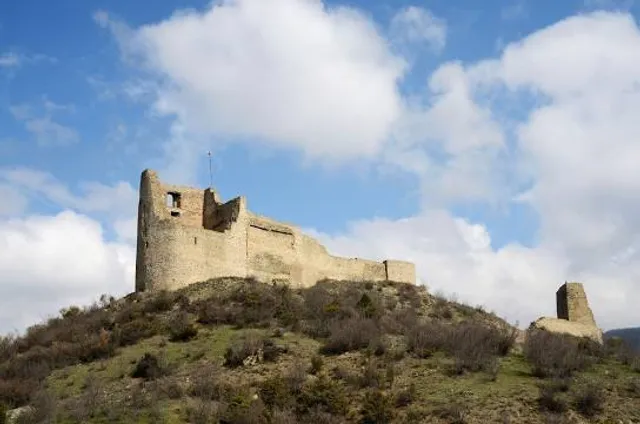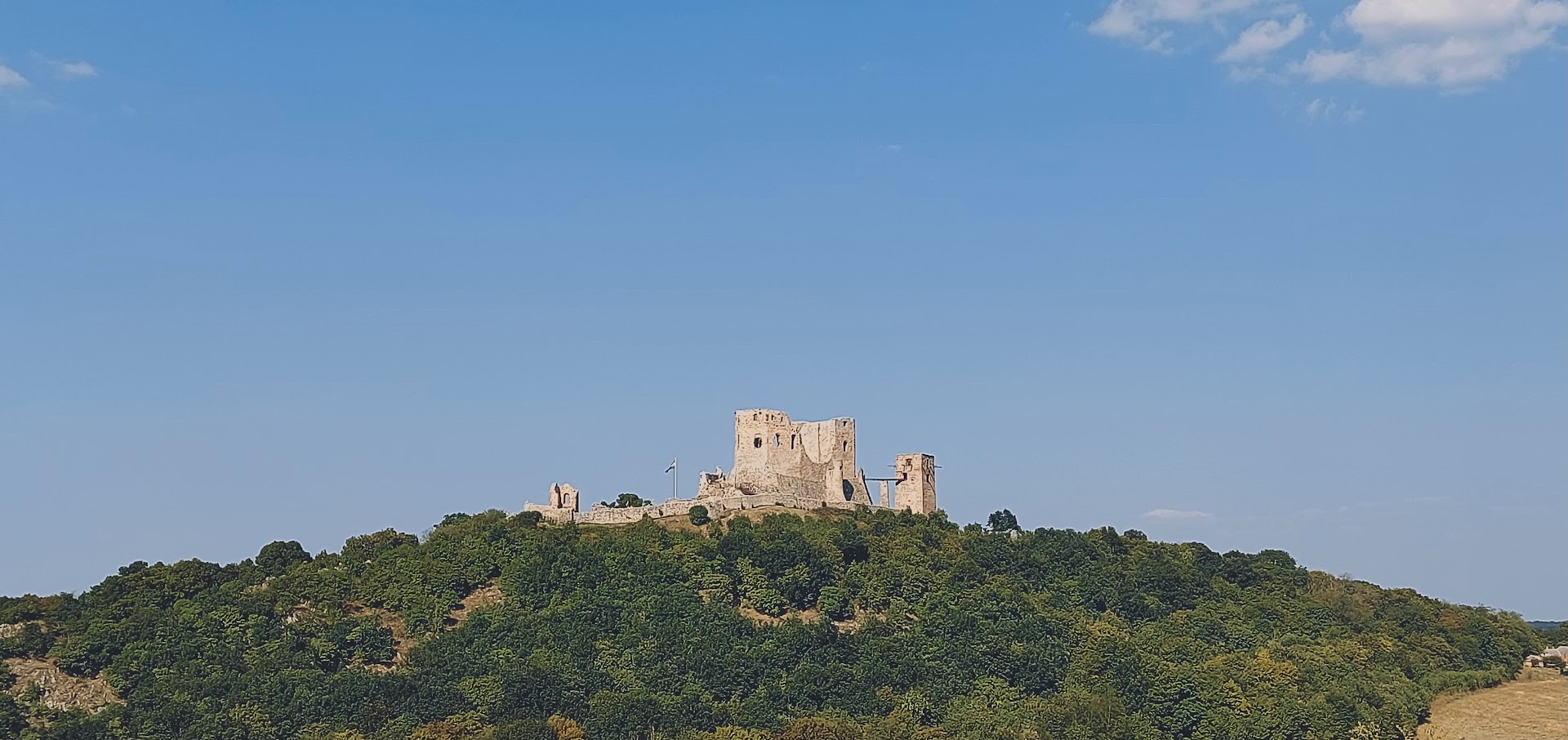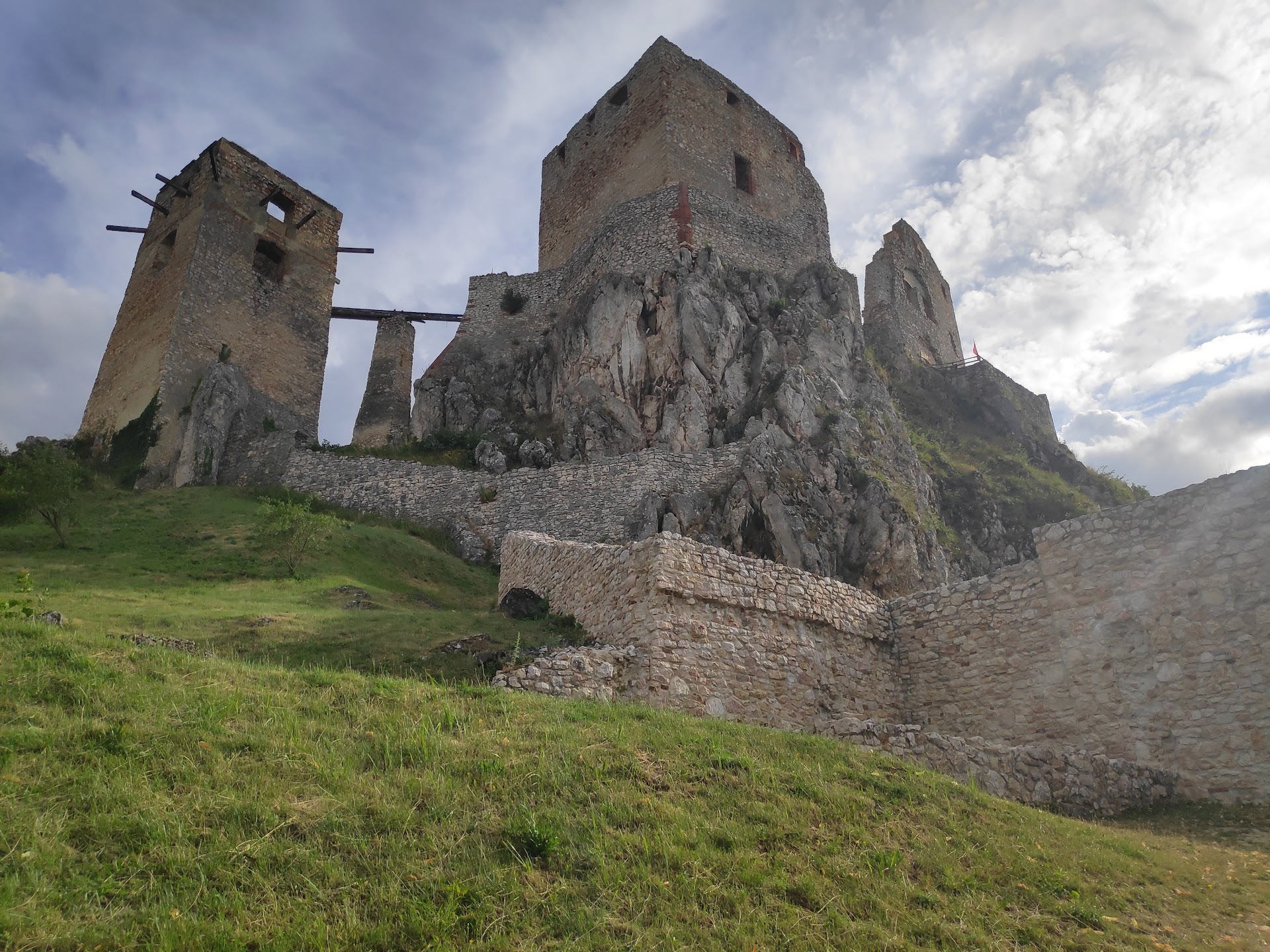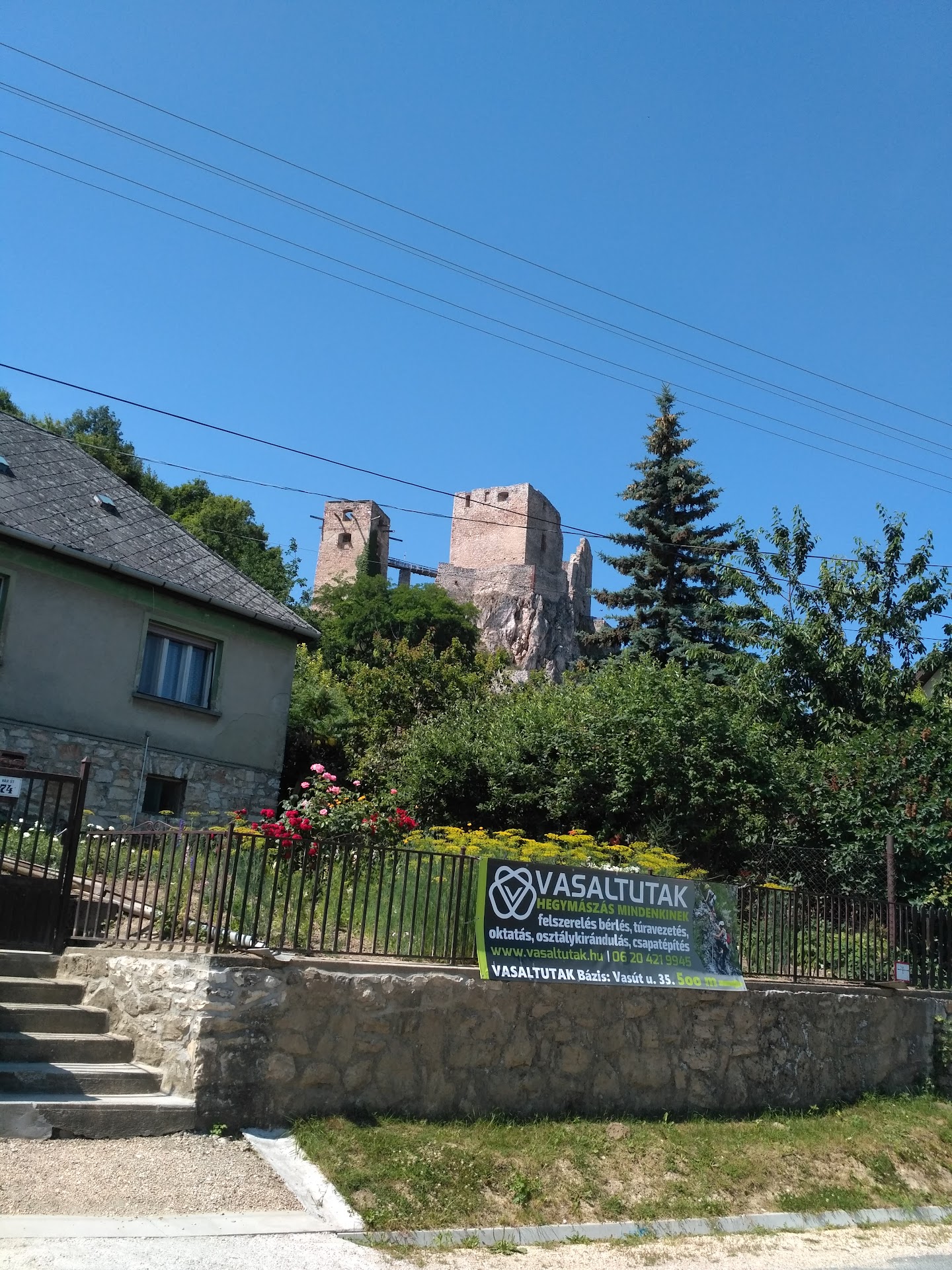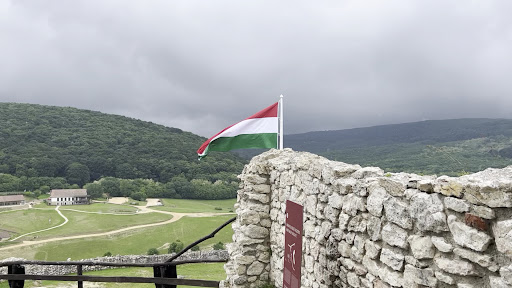Csesznek Castle, located in the picturesque Bakony Hills of Hungary, is a historical gem that captivates visitors with its medieval charm and dramatic setting. This fortress, built in the 13th century, has withstood the trials of time, serving as a witness to Hungary’s turbulent past. Today, it stands as a partially restored ruin, offering history enthusiasts, adventurers, and photographers a fascinating glimpse into the country's medieval heritage.
History of Csesznek Castle
The castle was built in 1263 by Baron Jakab Cseszneky, the lord of the castle's namesake village, under the reign of King Béla IV. Its construction came in the aftermath of the Mongol invasion of Hungary, as part of a larger effort to fortify the country. Originally constructed in Gothic style, the castle served as a defensive stronghold and a noble residence.
Over the centuries, Csesznek Castle changed hands multiple times. It was owned by several prominent Hungarian families, including the Csák, Garai, and Szapolyai clans. In the 16th century, as Ottoman forces pushed into Hungary, the castle became a critical outpost for defending the region. Despite its strategic importance, it eventually fell under Ottoman control but was recaptured by Hungarian and Habsburg forces.
The 18th century marked the beginning of the castle's decline. A series of natural disasters, including an earthquake and fires, coupled with political changes, led to its abandonment. By the 19th century, it had fallen into ruin. In recent decades, efforts have been made to stabilize and partially restore the structure, transforming it into a historical site open to the public.
Visitor Experience
Today, Csesznek Castle is a popular destination for tourists seeking to explore Hungary's medieval past. The journey to the castle itself is enchanting, as it is nestled in the lush, rolling hills of the Bakony region, surrounded by forests and scenic landscapes. Visitors can explore the remains of the castle, including its walls, towers, and interior chambers. While much of it is in ruins, the structure retains its medieval essence, transporting visitors back in time.
One of the highlights of a visit is climbing the castle’s highest tower, which offers panoramic views of the surrounding countryside. On a clear day, the vistas are breathtaking, making it a haven for photographers and nature enthusiasts alike.
Informational plaques and occasional guided tours provide historical context, making the visit both educational and entertaining. During the summer months, the castle often hosts medieval reenactments, festivals, and cultural events, bringing its history to life with costumes, mock battles, and traditional Hungarian music.
Why Visit Csesznek Castle?
Csesznek Castle is more than just a historical site; it is a place where history, nature, and adventure converge. The castle’s rugged charm and rich history make it a must-visit for anyone exploring Hungary. Whether you are drawn to its storied past, its stunning natural setting, or its dramatic ruins, Csesznek Castle offers a memorable and enriching experience. It is a perfect destination for a day trip, blending cultural discovery with outdoor...
Read more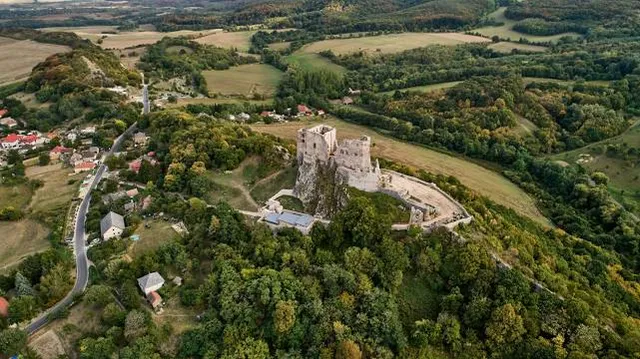
 Learn more insights from Wanderboat AI.
Learn more insights from Wanderboat AI.

